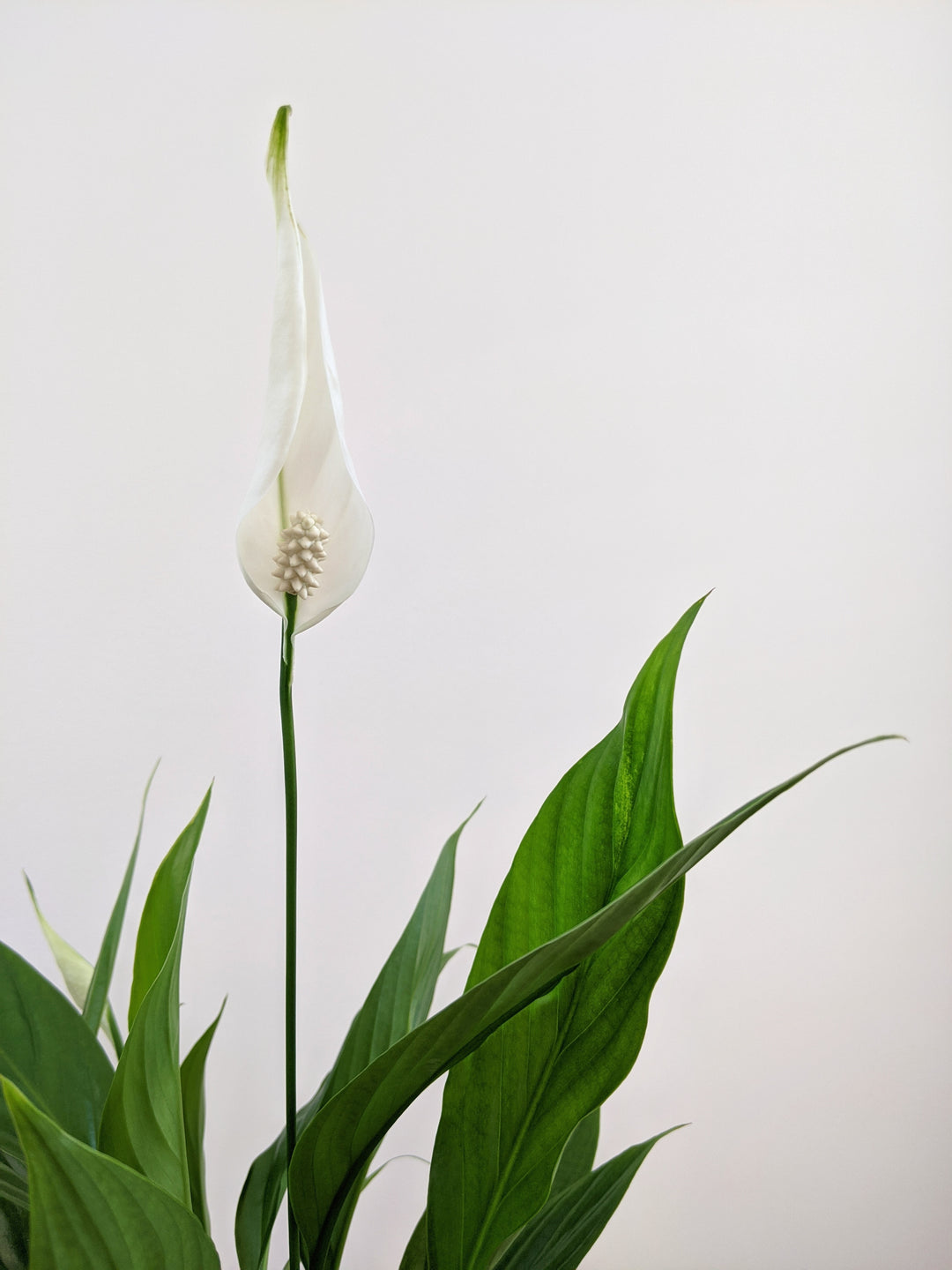Why Isn’t My Peace Lily Flowering?

Peace Lilies (Spathiphyllum spp.) are cherished for their stunning white blooms and lush green foliage, making them a favorite houseplant. If your Peace Lily isn’t flowering, it can be disheartening, but there are several potential reasons and solutions to consider. Let's explore some of the common factors that could contribute to your plant's lack of blooms.
1. Insufficient Light
Peace Lilies thrive in bright, indirect light. While they can tolerate low light conditions, insufficient light may prevent them from blooming. If your plant is in a dim spot, consider moving it closer to a window where it can receive filtered sunlight. Just be cautious not to place it in direct sunlight as that can scorch the leaves.
2. Improper Watering
These plants prefer to be kept moist but not soggy. Overwatering can lead to root rot, while underwatering can cause stress, both of which can hinder flowering. Aim to water your Peace Lily when the top inch of soil feels dry. Ensuring good drainage is essential to avoid root issues. Use a pot with drainage holes and empty any excess water from the saucer after watering.
3. Temperature Conditions
Peace Lilies like it warm, thriving in temperatures between 65°F and 85°F (18°C to 29°C). If your home is too cold or experiences drafts, this may be a reason for the lack of flowering. Ensure that your plant is not too close to air conditioning vents or drafty windows. Additionally, keep your plant away from heating sources that might dry it out.
4. Fertilization Issues
Lack of nutrients can also affect the blooming of your Peace Lily. A balanced, water-soluble fertilizer can be applied every 6-8 weeks during the growing season (spring and summer). However, avoid over-fertilizing, as this can lead to salt buildup and damage. Remember to dilute the fertilizer to half-strength to prevent burning the roots.
5. Size of the Pot
Sometimes, your Peace Lily might become root-bound, meaning it has outgrown its pot. A root-bound plant will struggle to absorb nutrients and moisture, impacting its overall health and flowering ability. If you notice roots growing out of the drainage holes or swirling around the top of the soil, it may be time to repot the plant into a slightly larger container.
6. Seasonal Changes
Remember that Peace Lilies often have a natural blooming cycle. They tend to bloom during the spring and summer months, so if your plant isn't flowering in the fall or winter, it may simply be resting. Patience is key, and consistent care will encourage blooming when the time is right.
Conclusion
There are various reasons your Peace Lily may not be flowering, from light and temperature to watering and pot size. By taking time to adjust its environment and care regimen, you can promote healthy growth and eventually enjoy the lovely white blooms that make this plant so beloved. If you make these adjustments and still find your Peace Lily struggling to flower, consider consulting with a local plant expert or nursery for personalized advice.
